-
 Bitcoin
Bitcoin $119100
-0.58% -
 Ethereum
Ethereum $4278
-0.66% -
 XRP
XRP $3.164
-1.81% -
 Tether USDt
Tether USDt $1.000
0.01% -
 BNB
BNB $811.7
0.11% -
 Solana
Solana $176.3
-3.92% -
 USDC
USDC $0.9999
0.01% -
 Dogecoin
Dogecoin $0.2255
-4.43% -
 TRON
TRON $0.3480
2.60% -
 Cardano
Cardano $0.7828
-3.40% -
 Hyperliquid
Hyperliquid $43.59
-4.94% -
 Chainlink
Chainlink $21.34
-3.88% -
 Stellar
Stellar $0.4443
-0.97% -
 Sui
Sui $3.697
-5.60% -
 Bitcoin Cash
Bitcoin Cash $596.5
4.16% -
 Hedera
Hedera $0.2498
-5.10% -
 Ethena USDe
Ethena USDe $1.001
-0.03% -
 Avalanche
Avalanche $23.11
-4.00% -
 Litecoin
Litecoin $121.1
-1.75% -
 Toncoin
Toncoin $3.397
0.42% -
 UNUS SED LEO
UNUS SED LEO $9.002
-1.29% -
 Shiba Inu
Shiba Inu $0.00001307
-4.57% -
 Uniswap
Uniswap $11.20
0.30% -
 Polkadot
Polkadot $3.901
-4.75% -
 Cronos
Cronos $0.1698
3.07% -
 Ethena
Ethena $0.8122
-3.72% -
 Dai
Dai $1.000
0.03% -
 Bitget Token
Bitget Token $4.416
-1.13% -
 Monero
Monero $263.9
-0.82% -
 Pepe
Pepe $0.00001130
-7.37%
What is the relationship between PoW and mining?
In Proof-of-Work (PoW) cryptocurrencies, miners compete to solve complex puzzles; the winner adds a block to the blockchain and earns a reward, a process whose energy consumption is a major concern.
Mar 12, 2025 at 06:15 pm
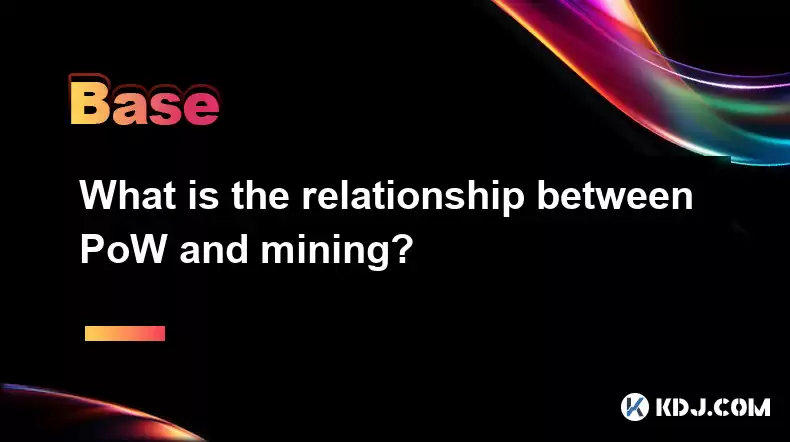
Key Points:
- Proof-of-Work (PoW) is a consensus mechanism used in many cryptocurrencies, most notably Bitcoin.
- Mining is the process of validating transactions and adding new blocks to the blockchain using PoW.
- Miners compete to solve complex cryptographic puzzles, the first to solve it gets to add the next block and receives a reward.
- The difficulty of these puzzles adjusts automatically to maintain a consistent block generation rate.
- PoW's energy consumption is a significant drawback, leading to the exploration of alternative consensus mechanisms.
What is the relationship between PoW and mining?
Proof-of-Work (PoW) and mining are inextricably linked in the context of cryptocurrencies. PoW is a consensus mechanism that secures a blockchain network, while mining is the process by which participants (miners) contribute to the security and functionality of the network using this mechanism. Without mining, a PoW blockchain wouldn't function.
How does PoW work in relation to mining?
PoW relies on miners solving computationally intensive cryptographic problems. These problems are designed to be difficult to solve but easy to verify. Miners use specialized hardware (ASICs) to race against each other to find the solution. The first miner to solve the problem gets to add the next block of transactions to the blockchain.
What are the rewards for mining in a PoW system?
The reward for successfully mining a block typically consists of newly minted cryptocurrency and transaction fees. The amount of newly minted cryptocurrency is often pre-defined and decreases over time, a process known as halving in Bitcoin's case. Transaction fees are paid by users to incentivize miners to include their transactions in a block.
What is the role of difficulty adjustment in PoW mining?
The difficulty of the cryptographic puzzles in PoW is dynamically adjusted to maintain a consistent block generation rate. If many miners join the network, the difficulty increases, making it harder to solve the puzzles. Conversely, if fewer miners are active, the difficulty decreases. This self-regulating mechanism ensures a stable blockchain.
What are the different types of mining hardware used in PoW systems?
Initially, CPUs and GPUs were used for mining. However, as the difficulty increased, specialized hardware called ASICs (Application-Specific Integrated Circuits) became dominant. ASICs are designed specifically for solving the cryptographic puzzles used in PoW, offering significantly higher hashing power compared to CPUs and GPUs.
What are the energy consumption concerns associated with PoW mining?
PoW mining is energy-intensive. The vast computational power required to solve the cryptographic puzzles consumes significant amounts of electricity. This has raised environmental concerns, leading to criticism and the exploration of more energy-efficient consensus mechanisms.
What are the advantages of PoW mining?
- Security: The energy expenditure involved creates a significant barrier to entry for malicious actors, making the network extremely secure against attacks.
- Decentralization: No single entity controls the network, as anyone with sufficient computing power can participate in mining.
- Transparency: All transactions and mining activities are recorded on the public blockchain, ensuring transparency and accountability.
What are the disadvantages of PoW mining?
- High energy consumption: The substantial energy consumption is a major drawback, raising environmental concerns.
- High barrier to entry: The cost of acquiring specialized mining hardware can be prohibitive for many individuals.
- Centralization risk: While theoretically decentralized, the concentration of mining power in large mining farms raises concerns about potential centralization.
How does the reward system incentivize miners in a PoW system?
The reward system in PoW is designed to incentivize miners to contribute to the network's security. By rewarding miners with newly minted cryptocurrency and transaction fees for solving the cryptographic puzzles, the system ensures that miners have a vested interest in maintaining the integrity of the blockchain. The reward structure motivates miners to continue investing in hardware and electricity.
What are some alternative consensus mechanisms to PoW?
Due to the drawbacks of PoW, particularly its energy consumption, alternative consensus mechanisms have emerged. Proof-of-Stake (PoS) is a prominent example, where validators are chosen based on the amount of cryptocurrency they stake, rather than their computational power. Other mechanisms include Delegated Proof-of-Stake (DPoS) and Proof-of-Authority (PoA).
How does the block reward change over time in a PoW system?
In many PoW systems, the block reward is designed to decrease over time. This controlled reduction helps to manage the inflation rate of the cryptocurrency and ensures the long-term sustainability of the system. A well-known example is Bitcoin's halving mechanism, which reduces the block reward by half at regular intervals.
What are the future prospects of PoW mining?
The future of PoW mining is subject to ongoing debate. While it remains a cornerstone of several major cryptocurrencies, the increasing focus on sustainability and energy efficiency may lead to a decline in its dominance. The development and adoption of more energy-efficient consensus mechanisms could pose a significant challenge to PoW in the long term. However, advancements in renewable energy sources could mitigate some of the environmental concerns associated with PoW.
Common Questions and Answers:
Q: Is mining profitable?
A: The profitability of mining depends on several factors, including the cryptocurrency's price, the difficulty of mining, the cost of electricity, and the efficiency of your mining hardware. It's crucial to conduct thorough research and calculations before investing in mining equipment.
Q: Can I mine cryptocurrency on my home computer?
A: You can, but it's unlikely to be profitable for most cryptocurrencies that utilize PoW, especially Bitcoin. The computational power of home computers is far less than specialized ASICs used by large mining operations. You might be able to mine less popular altcoins, but profitability is still questionable.
Q: What is a mining pool?
A: A mining pool is a group of miners who combine their computing power to increase their chances of solving the cryptographic puzzles and earning rewards. The rewards are then distributed among the pool members based on their contribution. Joining a pool is often necessary for individual miners to be competitive.
Q: Is PoW mining environmentally sustainable?
A: No, PoW mining is not considered environmentally sustainable due to its high energy consumption. The environmental impact is a major concern, and the industry is exploring ways to mitigate this through the use of renewable energy sources and the adoption of more energy-efficient consensus mechanisms.
Disclaimer:info@kdj.com
The information provided is not trading advice. kdj.com does not assume any responsibility for any investments made based on the information provided in this article. Cryptocurrencies are highly volatile and it is highly recommended that you invest with caution after thorough research!
If you believe that the content used on this website infringes your copyright, please contact us immediately (info@kdj.com) and we will delete it promptly.
- Ethereum Layer-2 Scaling Competition Heats Up as ETH Breaks $4K
- 2025-08-12 10:30:12
- Meme Coins, Investment, and Token Burns: What's Hot in 2025?
- 2025-08-12 10:30:12
- BlockDAG, Chainlink, Hedera: The Cryptos Enterprises are Eyeing
- 2025-08-12 09:30:12
- Dogecoin's Wild Ride: Big Holders, Price Push, and What's Next for the Meme Coin
- 2025-08-12 08:30:12
- Coin Master Board Adventure: Free Energy and the Thrill of the Board
- 2025-08-12 08:50:12
- Bitcoin to $133,000? Here's What the Experts Are Saying
- 2025-08-12 08:30:12
Related knowledge
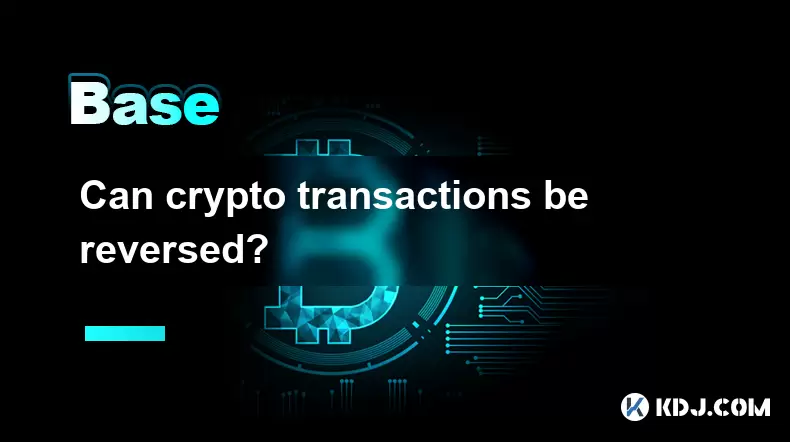
Can crypto transactions be reversed?
Aug 10,2025 at 01:35am
Understanding the Immutability of Blockchain TransactionsCryptocurrency transactions are built on blockchain technology, which is designed to be immut...
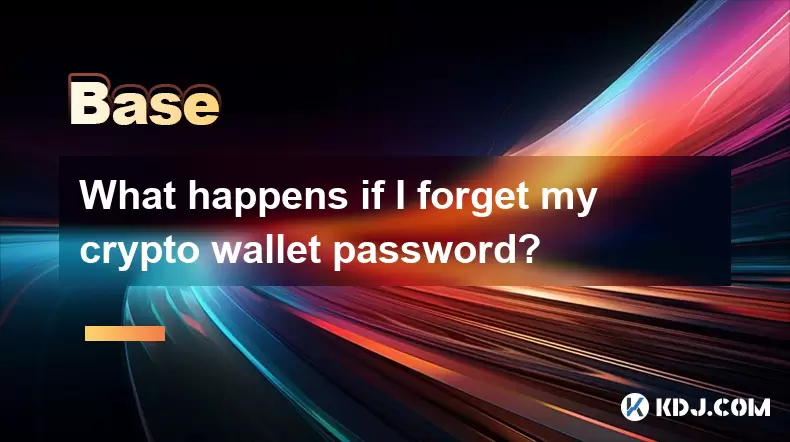
What happens if I forget my crypto wallet password?
Aug 09,2025 at 08:50am
Understanding the Role of a Crypto Wallet PasswordA crypto wallet password serves as a critical security layer that protects access to your digital as...
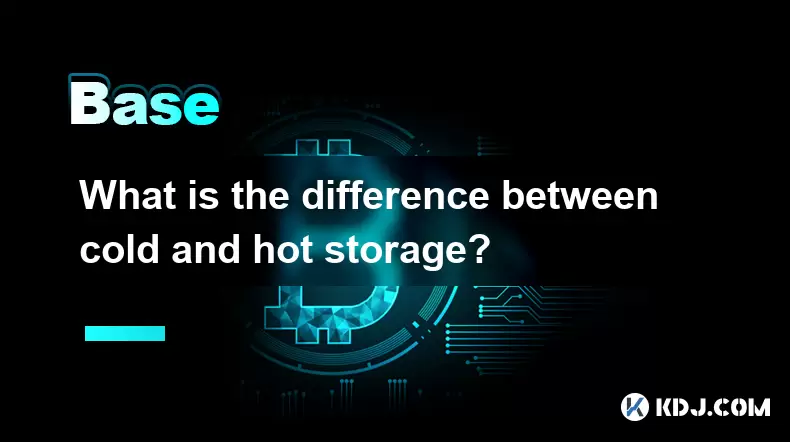
What is the difference between cold and hot storage?
Aug 12,2025 at 01:01am
Understanding Cold Storage in CryptocurrencyCold storage refers to offline methods of storing cryptocurrency private keys, ensuring they are not expos...
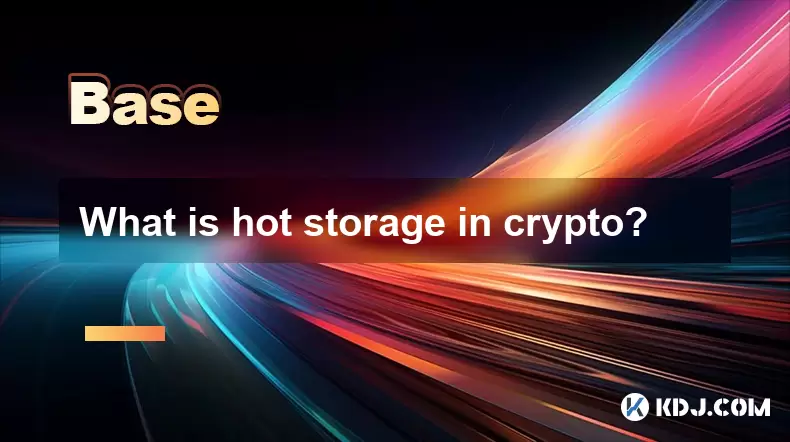
What is hot storage in crypto?
Aug 11,2025 at 07:08am
Understanding Hot Storage in CryptocurrencyHot storage refers to cryptocurrency wallets that are connected to the internet. Unlike cold storage soluti...
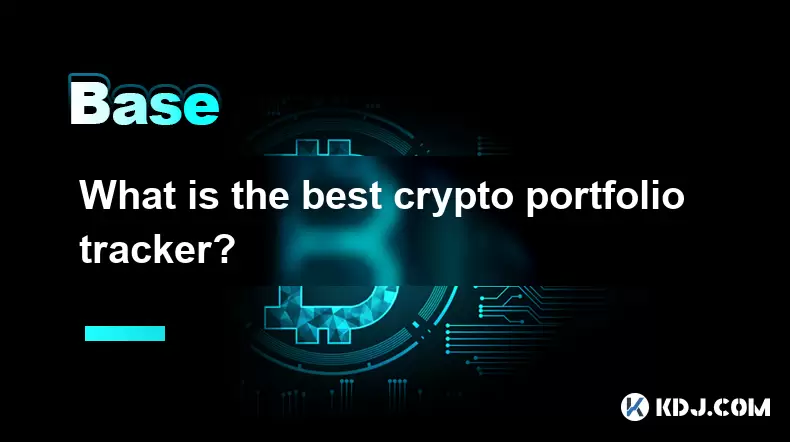
What is the best crypto portfolio tracker?
Aug 10,2025 at 05:08am
Understanding the Role of a Crypto Portfolio TrackerA crypto portfolio tracker is a digital tool designed to help investors monitor the performance of...
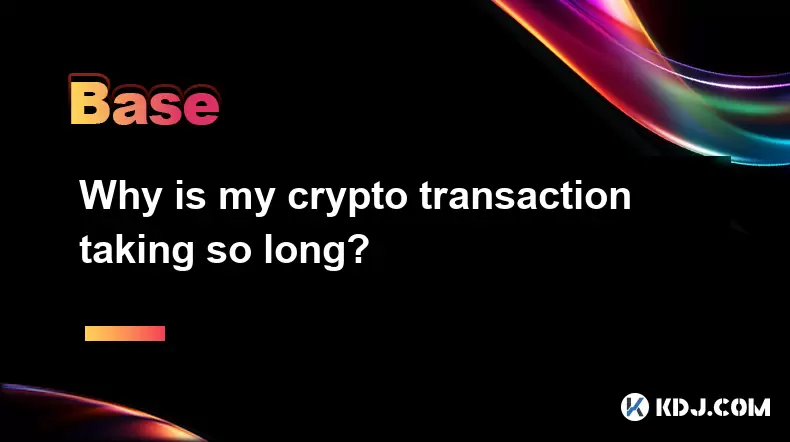
Why is my crypto transaction taking so long?
Aug 11,2025 at 11:35am
Understanding Blockchain Network CongestionWhen a crypto transaction is delayed, one of the most common causes is network congestion on the blockchain...

Can crypto transactions be reversed?
Aug 10,2025 at 01:35am
Understanding the Immutability of Blockchain TransactionsCryptocurrency transactions are built on blockchain technology, which is designed to be immut...

What happens if I forget my crypto wallet password?
Aug 09,2025 at 08:50am
Understanding the Role of a Crypto Wallet PasswordA crypto wallet password serves as a critical security layer that protects access to your digital as...

What is the difference between cold and hot storage?
Aug 12,2025 at 01:01am
Understanding Cold Storage in CryptocurrencyCold storage refers to offline methods of storing cryptocurrency private keys, ensuring they are not expos...

What is hot storage in crypto?
Aug 11,2025 at 07:08am
Understanding Hot Storage in CryptocurrencyHot storage refers to cryptocurrency wallets that are connected to the internet. Unlike cold storage soluti...

What is the best crypto portfolio tracker?
Aug 10,2025 at 05:08am
Understanding the Role of a Crypto Portfolio TrackerA crypto portfolio tracker is a digital tool designed to help investors monitor the performance of...

Why is my crypto transaction taking so long?
Aug 11,2025 at 11:35am
Understanding Blockchain Network CongestionWhen a crypto transaction is delayed, one of the most common causes is network congestion on the blockchain...
See all articles

























































































